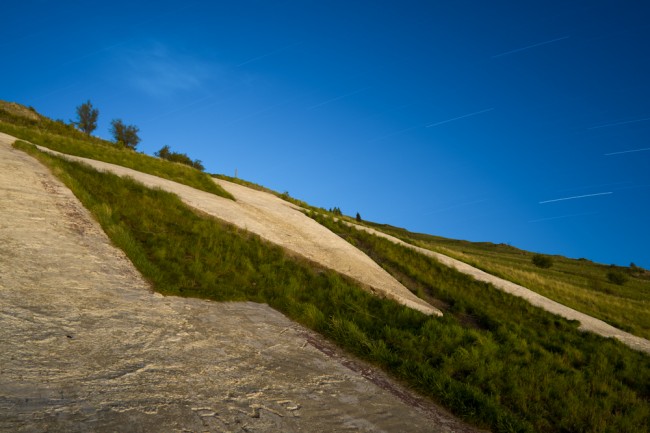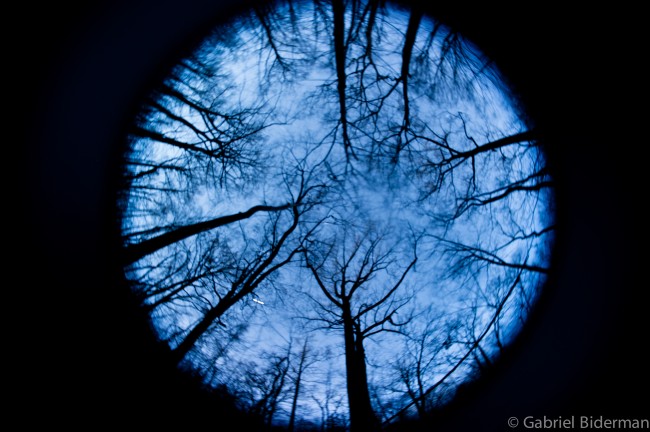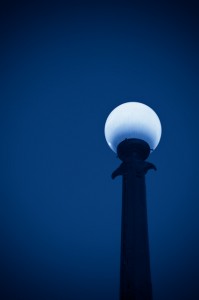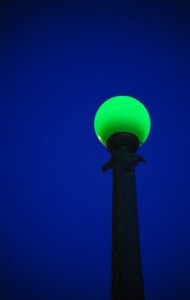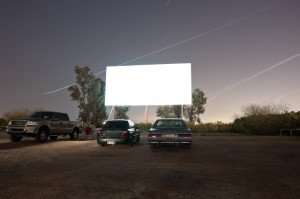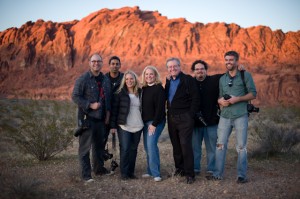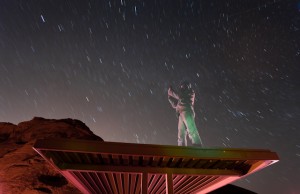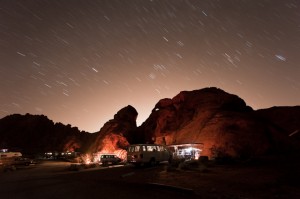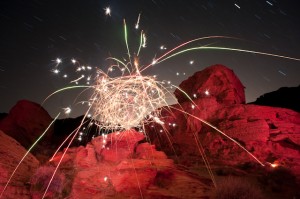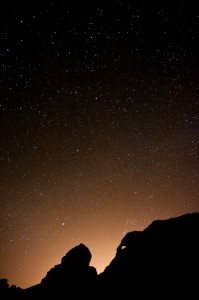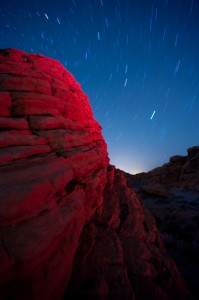How many times do we say we are going to do something and it falls by the wayside?
I’ve wanted to shoot the Big M in the sky since the first time I saw it over 5 years ago. It first beckoned me as my flight started it’s descent into Missoula Montana on a visit to the Rocky Mountain School of Photography. The 125′ x 100′ Giant M rests on the east side of Mt Sentinel and represents the University of Montana but has come to symbolize the spirit of the city as it has loomed over Missoula in one form or another since 1908.
It is accessible via the Big M trailhead that is only 3/4 of a mile hike but quickly ascends 620 feet via 13 switchbacks.
Let’s just say it was a good workout for me – especially after a visit to the Big Dipper!
No moon was up but the path was easily lit by the city lights. I passed by a man walking his dog, several students, and a few lovers.
The M calls to us all.
When I finally arrived, I was slightly disappointed to realize my 28mm lens wasn’t wide enough to capture the vision I had of the M in the sky.
So I hiked above and around to find a better vantage point but to no avail. The best angle was below the M or probably back down on campus looking up the mountain.
I wasn’t going to let the mountain get the better of me so I returned to the bottom of the M and resolved to take the best picture I could.
I worked the composition with my Fuji X Pro 1 and 28mm equivalent lens and let it cook for a 30 minute exposure pointing south for the longer/straighter star trails.
In the end I was happy with the image. Was it what I imagined? No, but I’ll be back and hike up that mountain with a 14mm lens and get more of that M in the sky.
With that being said, I’d like to share A Week of Art project that I conceived with my good friend and fellow artist Matt Hill. I’ve been frustrated with too much ingesting and not enough outputting. It’s been a weird sort of slump as I feel I’m creating lots of good images but can’t seem to get motivated to blog or print. And sometimes you just need a friend or a loved one to help motivate you to take the next step. So Matt put together A Week of Art blog for us to share our creations of the week. It has definitely refocused me and several of our friends. My submission this week was a totally different interpretation of my hike up Mt Sentinel.
As exciting as it is to compile those notes of all the of places you want to go, things to do, or blogs to write – remember that life is a great balancing act and it is the “doing” that makes us feel the most alive.
Feel like you need a kickstart as well? It is an open group dedicated to creating one tangible piece of art a week – Join and Inspire!
